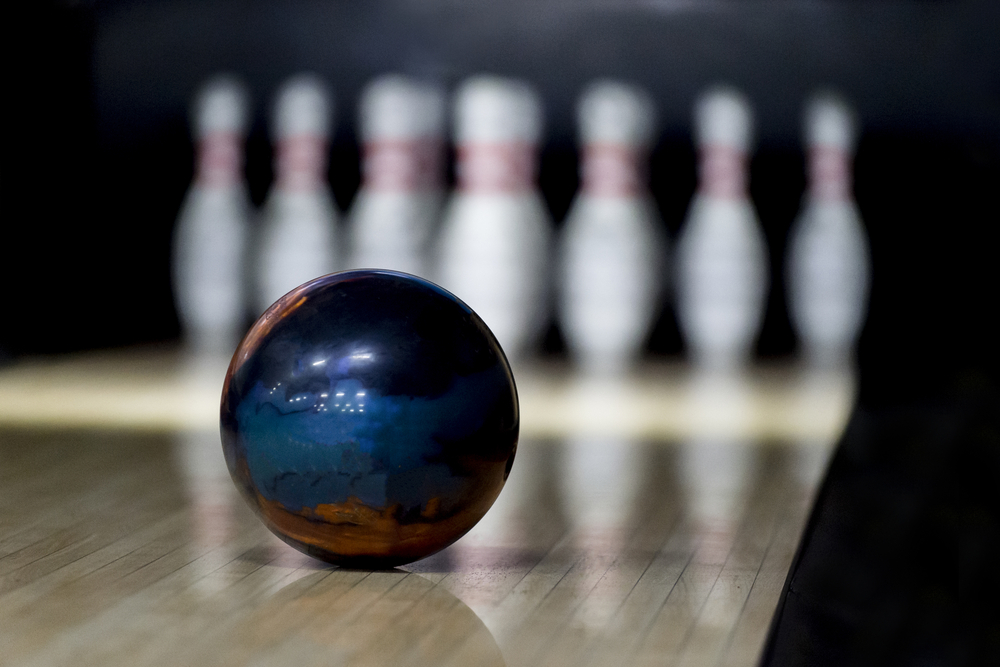
Anyone who’s ever been to a bowling alley knows that bowling balls come in different weights, colors, and sizes.
Have you ever wondered how much the heaviest bowling balls weigh and what that weight means for your game? Or, what is the heaviest bowling ball?
If so, just read on to find out! In this article, we’ll answer your questions about what the heaviest bowling ball is and share everything else you’ll need to know about ball weights. Let's jump right in!
Contents
What Is the Heaviest Bowling Ball?
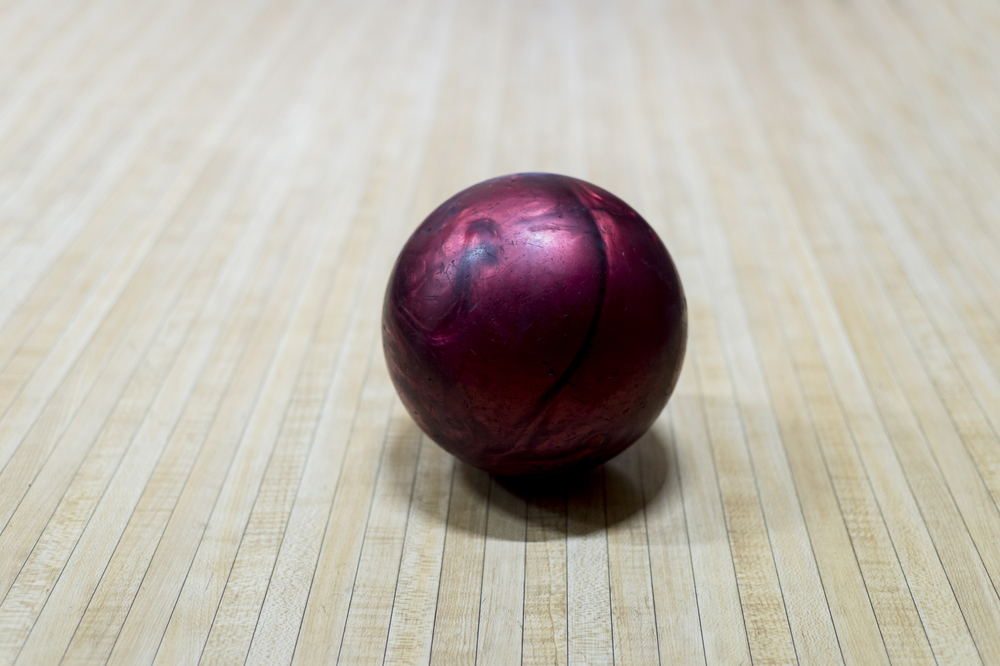
Although it's easy to assume that bowling balls are much heavier, the heaviest regulation bowling ball is only 16 pounds. This is considered the legal limit for bowling balls, so you won’t see players using anything heavier during official games.
Keep in mind that these weight limits are a relatively new restriction.
In the past, bowling balls were made from a wider variety of materials and could be much heavier. It wasn’t uncommon to see 18 or 20-pound bowling balls being used by experienced players.
While you can still find bowling balls that are 17 pounds or more, they are extremely rare, and heavier bowling balls can’t be used for regulated games.
Is a Heavy Bowling Ball Better?
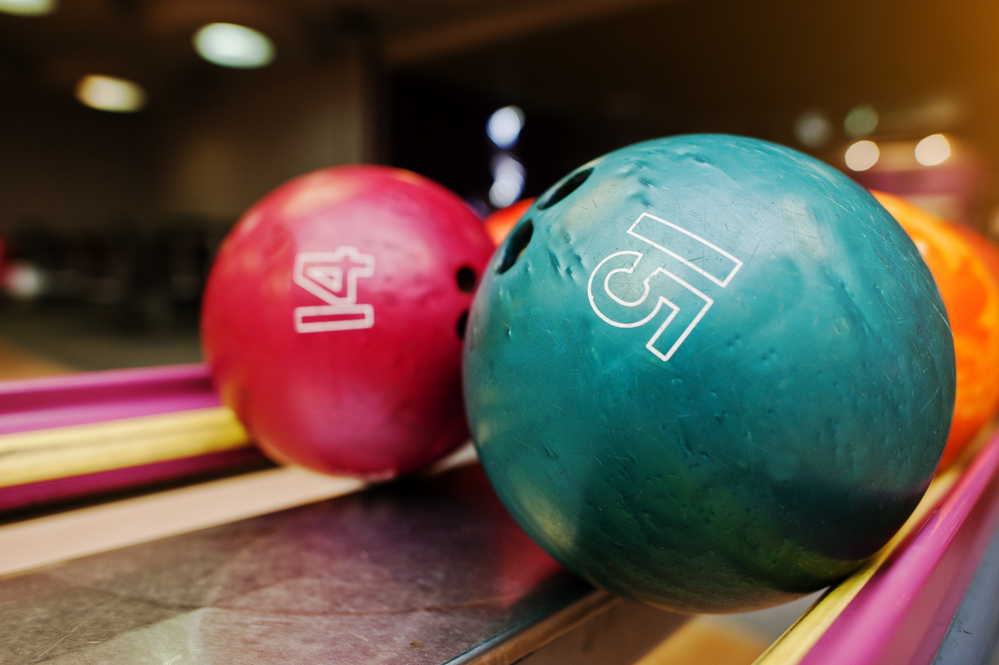
The lightest regulation bowling balls start at 6 pounds, while the heaviest weighing in at 16 pounds.
Typically, balls under 10 pounds (i.e., considered light bowling balls) are reserved for children, the elderly, or disabled players. Adults bowlers usually use bowling balls that are between 12 to 16 pounds.
As you can see, the difference between the heaviest and lightest bowling ball is only 10 pounds. Although this doesn’t seem like a lot of weight, it significantly impacts how you play.
The common consensus is that the heavier your bowling ball is, the better it is for your game. Heavy balls can build up more momentum and crash into the pins with enough force to knock them down.
Does Bowling Ball Weight Matter?
Bowling ball weight matters because heavy balls are more likely to stay on trajectory and give you more control of your rolls. On the other hand, lighter bowling balls aren’t able to generate as high of a velocity and are much more likely to deflect and bounce off of your pins instead of knocking them down.
The best bowling ball weight is 16 pounds, the heaviest bowling ball. Even if you hit one pin, the weight and speed of a heavy bowling ball will help knock over the adjacent pins, leading to a higher percentage of strikes and spares.
What Weight Bowling Ball Do Pros Use?
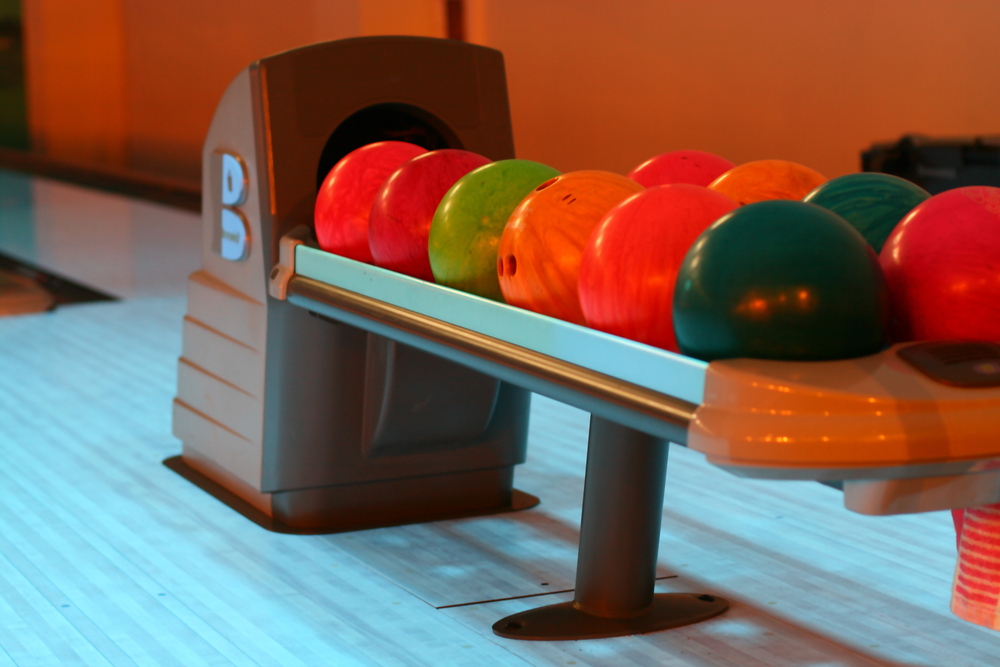
Since the general rule is that heavier is better, most professional bowlers use the heaviest balls allowed. That gives them the most impact and helps keep their swings smooth.
Even though 16-pound bowling balls are traditionally used, some professional bowlers have recently switched to lighter 14 and 15-pound balls.
They place less strain on the bowler’s back, wrists, shoulders, and legs, which is significant considering most bowling league seasons last for 30 weeks.
Another reason some professional bowlers are switching to lighter balls is that modern bowling balls are much more powerful than they were in the past.
Experienced bowlers can go down in weight without sacrificing playing ability. Some are even able to bowl better with the lighter balls. What they lose in mass, they can compensate for with speed and careful aiming.
How Do I Know if My Bowling Ball Is Too Heavy?
Choosing the right bowling ball weight can significantly impact your ability to bowl. Here are a few tips for determining whether your bowling ball is too heavy.
You Can’t Lift It for an Extended Period
Before you decide on a bowling ball, hold your dominant arm tight against your body and extend your palm forward.
Cradle the ball in your hand and wait for a minute or two. If your arm starts to shake, the bowling ball is too heavy for you, and you should try a ball that’s a pound or two lighter.
If you can hold the ball comfortably, you can repeat the process with a slightly heavier bowling ball. Choose the heaviest ball that you can hold for a minute without straining.
Your Bowling Ball Is More Than 10% of Your Weight
When it comes to deciding which weight bowling ball to use, the general rule is to use a ball that is about 10% of your body weight. Bowling balls only go up to 16 pounds, so both a 300-pound player and a 160-pound player would use a 16-pound ball.
Alternatively, someone who weighs 90 pounds should use a ball that weighs 9 pounds. This is just a general recommendation, so ultimately, you should go with whatever ball is comfortable for you to play with, whether it meets this requirement or not.
A Professional Said It’s Too Heavy
If you’re a dedicated bowler, getting your bowling balls and shoes from a pro shop is one of the best things you can do for your game. The experts at a professional bowling shop can walk you through the process of picking the perfect ball for your weight, frame, and ability.
They can also evaluate your current equipment and help you determine if it's the correct size. Many professional bowling shops also offer customization services, so they can alter the ball to suit your needs better.
You Can’t Roll Your Bowling Ball Accurately
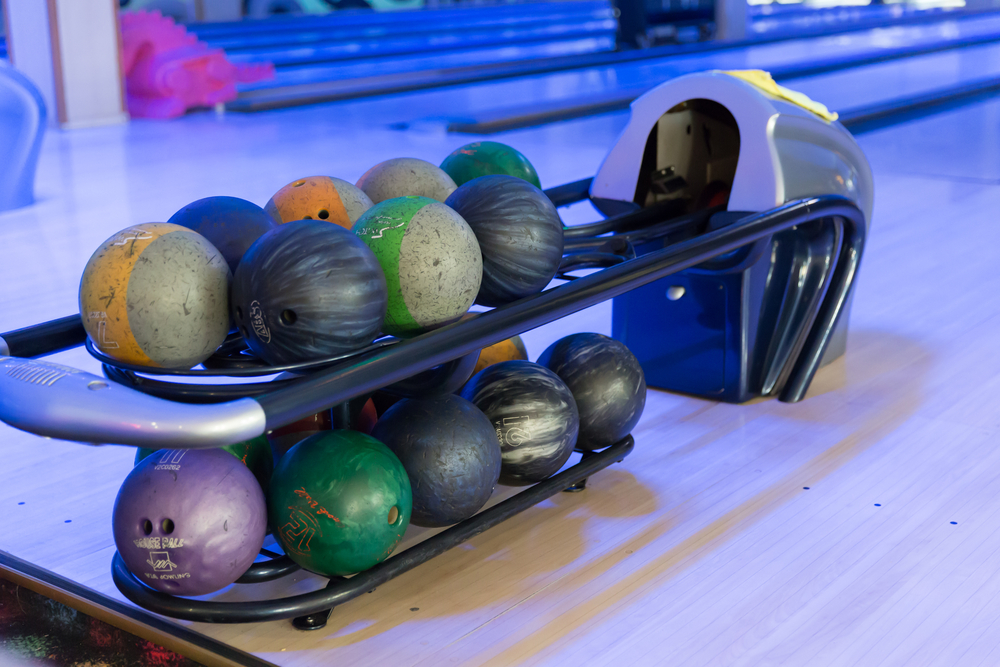
The main purpose of picking a bowling ball of a particular weight is to help you play better. So, being able to roll your bowling ball accurately and efficiently should be your primary concern.
Heavier balls tend to roll better than lighter ones, so use the heaviest ball you can retain total control over.
You need to both launch it with enough force to knock out your pins and control the ball's trajectory. If you can’t do that, it might be a sign that your current ball is too heavy.
Pros and Cons of Using a Heavy Bowling Ball
Although bowling with a heavier ball is typically recommended, it’s not right for everyone. Regardless of what the rules say, you should do what is suitable for you and your game.
So, to help you decide, here are the pros and cons of using a heavy bowling ball instead of a lighter one.
Pros
- Heavy bowling balls hit the pins with more force than lighter ones.
- Heavy balls give you a smooth swing.
- The heavier your bowling ball is, the more likely it is to knock down multiple pins.
- Heavier balls have significant hooking potential, which makes them great for pickup up spares.
- Heavy bowling balls can improve your performance and make you look more experienced.
Cons
- You’re more likely to injure yourself with a heavy bowling ball.
- Heavy bowling balls require a lot of physical strength to roll.
- Generating enough force to roll your ball is more difficult with a heavy bowling ball.
- Aiming your shot can be more difficult with a heavy bowling ball than it would be with a lighter ball.
- Heavy bowling balls create more wear and tear on your body and can cause bone and joint pain.
Related Articles
So, there you have it! According to the PBA regulations, the heaviest bowling balls permitted are 16 pounds. This weight gives bowlers more force and control and can help them maintain their competitive edge in competitions.
Although using a heavy bowling ball is better for your game, you should use whatever weight is best for you and your body.
To find out what works for you, take a trip to your local bowling alley and test out balls of different weights. You’ll soon know what your ideal bowling ball weight is.
Kira Byrd, a Certified Fraud Examiner, holds a B.S. in Accounting from the University of Alabama at Birmingham. With a passion for bowling from her childhood, Kira has poured her expertise and personal experiences into creating and nurturing Bowling For Beginners. Kira's mission is to meet new bowlers where they are and guide them toward consistently achieving higher scores. With a focus on skill development and strategic techniques, she empowers readers to take control of their game and unlock their true potential.
Bowling For Beginners embodies strict editorial integrity, ensuring reliable and unbiased information. Kira's commitment to delivering valuable insights and practical strategies is reflected in every article. Here's an explanation of our editorial policy and how we get money.





